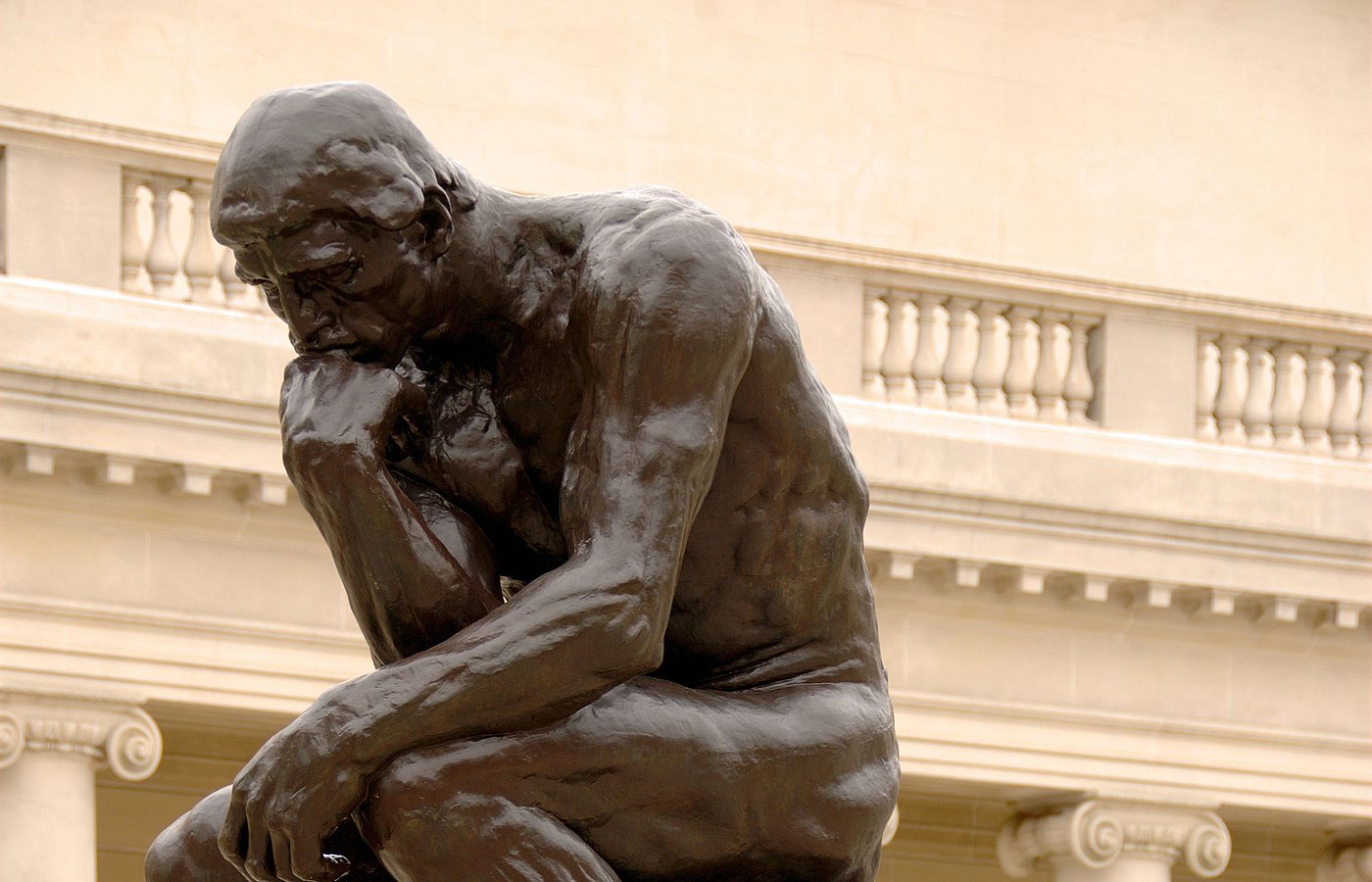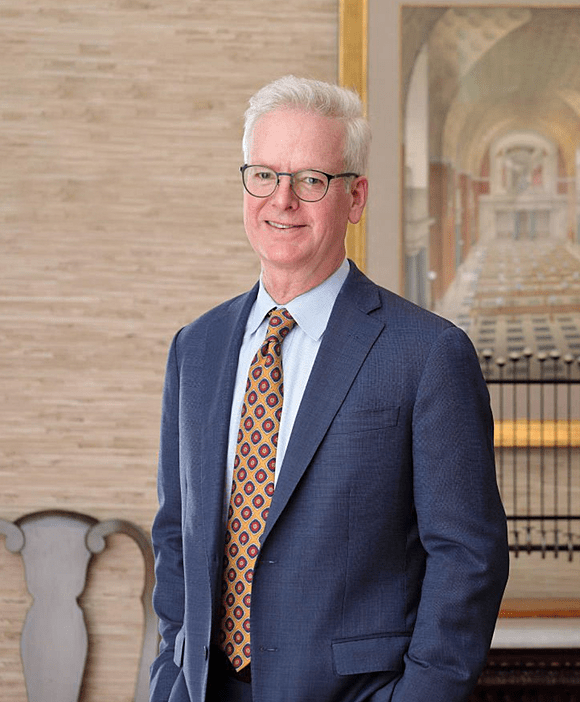What is the humanist ideal in the architecture of the American Renassiance?
The American Renaissance saw great achievements in architecture from 1876-1917. With a renewal of national purpose following the Civil War, architects expressed the virtues of the republic through a humanism that embraced the classical idiom. Based on skills absorbed in the rigorous curriculum of the École des Beaux Arts and relying on the close study of the great monuments of antiquity, architects created libraries, museums and even train stations that made the classical canon real for all citizens. The patronage that supported these works aimed to create the institutions that would populate the beautiful city. This lecture will present the New York Public Library, Grand Central Terminal and the Morgan Library as emblems of the humanist spirit of this great age.
Join us for the second of three lectures from our series Humanitas, which considers what the human self has meant, historically, across diverse times and cultures, and how this conception continues to inform the existential assumptions and convictions of our current moment.
This lecture is free and open to the public. Register here.

